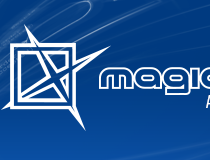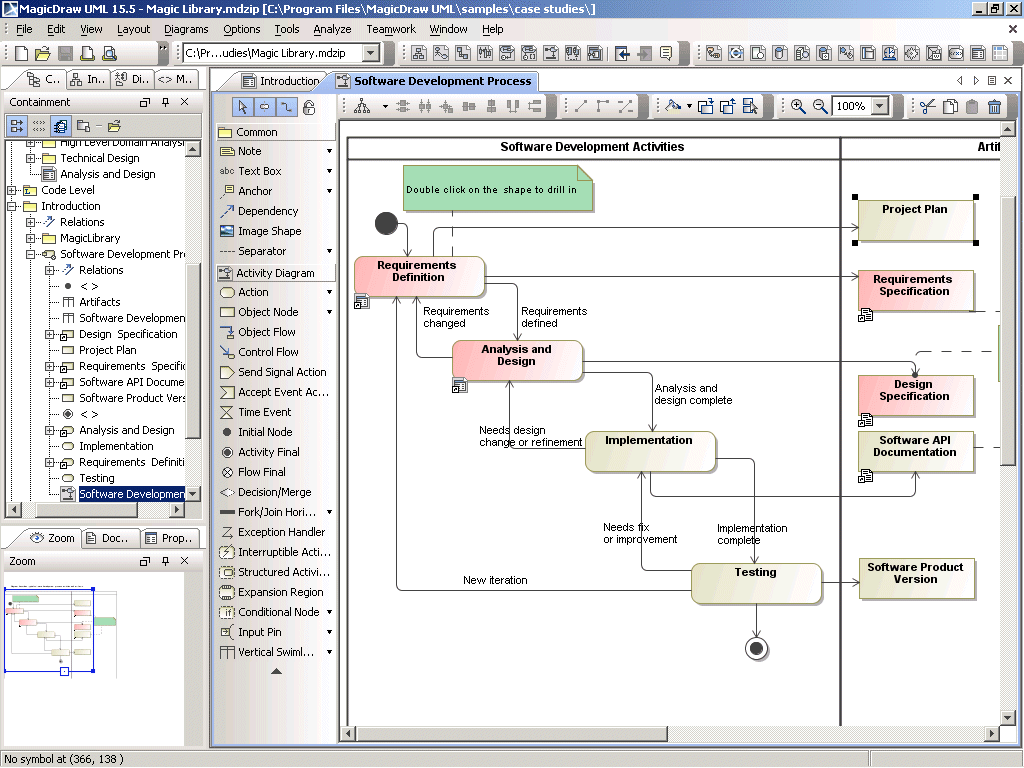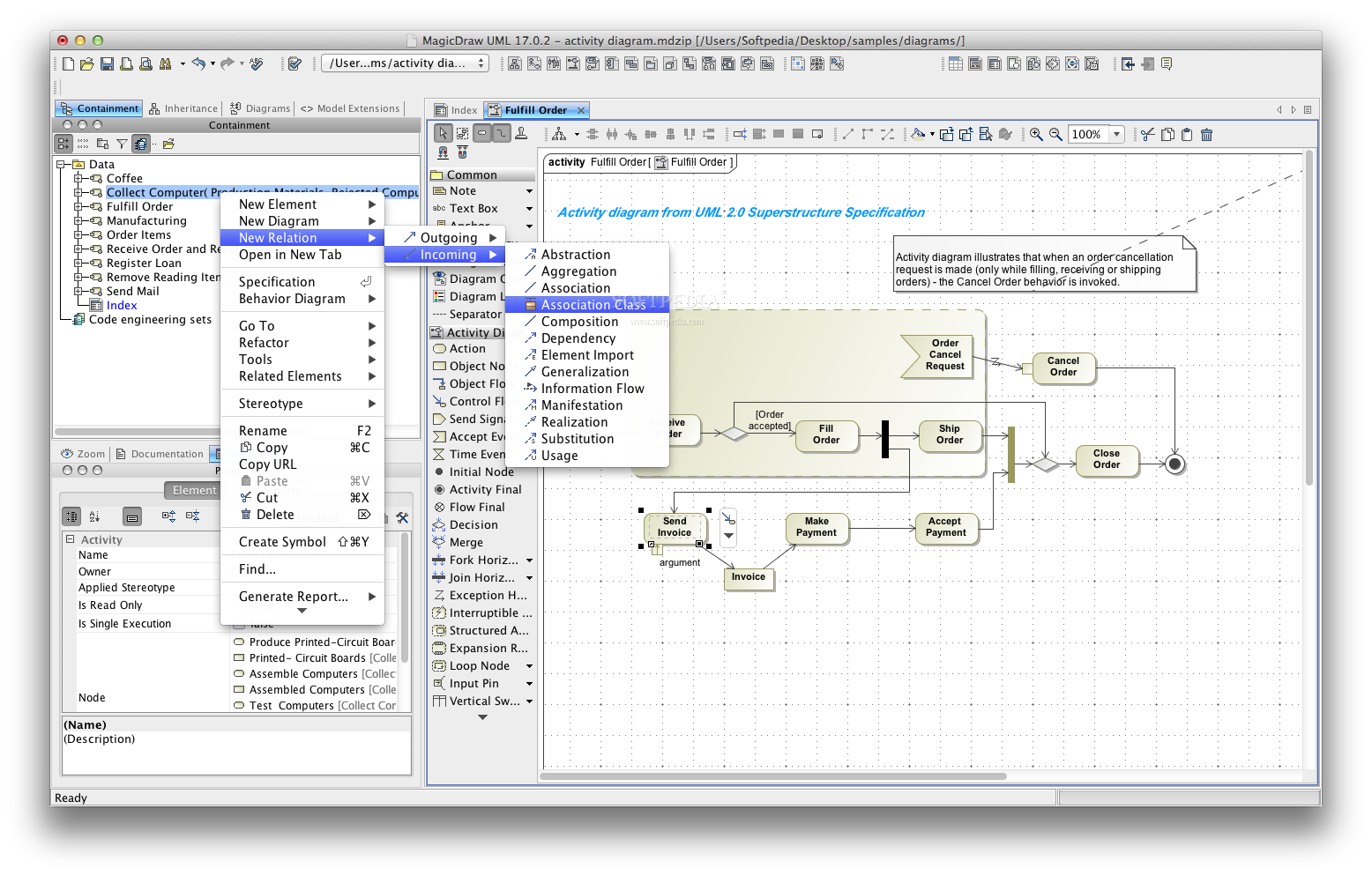
- #Magicdraw uml 12.5 portable#
- #Magicdraw uml 12.5 android#
- #Magicdraw uml 12.5 code#
- #Magicdraw uml 12.5 Offline#
- #Magicdraw uml 12.5 series#
We start modeling with MagicDraw, which is a general-purpose modeling tool, using the UML profiles of MoWebA. The featured image of this post depicts this PIM-to-ASM-to-code transformation.
#Magicdraw uml 12.5 code#
ASM to Code transformation process, and. PIM to Architecture-Specific Model (ASM) transformation process,. 
The process for the design and generation of mobile applications with MoWebA Mobile consists of 3 main stages:
 Through interoperability with other applications, to exchange different data types like File, Image, and more. Internal data providers, such as sensors like the gyroscope and accelerometer, and device-specific hardware resources, such as cameras and microphones.
Through interoperability with other applications, to exchange different data types like File, Image, and more. Internal data providers, such as sensors like the gyroscope and accelerometer, and device-specific hardware resources, such as cameras and microphones. #Magicdraw uml 12.5 portable#
In this context, we chose REST, as a uniform and portable communication interface, adopted in extension in mobile application network communication approaches.
External data providers, such as servers and remote databases. Regarding data providers, and according to XIS-Mobile profile specifications, we emphasize that mobile applications can receive data from three types of sources: Moreover, for data provider modeling, we extended a UML class.īased on MAAG guidelines for designing the data layer, we are able to generate the main components of this layer, taking into account different data storage options and data providers, as well as providing the user helpers and utilities that facilitate the data persistence handling, establishing the foundations with other layers that can later be defined.įor data persistence, we identified three major mechanisms: databases, files, and key-value pairs, each of these implemented differently on each platform. Thus, this diagram was our clear choice to work towards a foundation of mobile conceptual elements that might facilitate the modeling of the mobile application data persistence. Scoped in the data layer, we start from the Entity Diagram allowing defining the structure and static relationships between the classes in the problem domain at the Platform-Independent Model (PIM) level. Thanks to MoWebA’s well-defined layered structure, other layers can be easily extended and evolve over time. The Microsoft Application Architecture Guide (MAAG) establishes this layer provides access to data hosted within system boundaries and to data exposed by other networked systems, i.e., the data layer, aside from the data persistence handling, proposes data sources (or data providers, as we mentioned them in our work) for mobile applications. With MoWebA Mobile the mobile application is centered in the modeling of the Data Layer. Where does MoWebA Mobile stand related to other works?. a first evaluation of the MoWebA Mobile proposal through a mobile application development experience. #Magicdraw uml 12.5 android#
transformation rules for the generation of Android and Windows Phone applications, and finally,. a definition of metamodels to design the data sources of mobile business application,. #Magicdraw uml 12.5 Offline#
a data persistence coverage for offline applications with network connectivity problems,.  a Model-Driven Development Approach for mobile business applications focusing on the data layer,. The paper is co-authored by with Manuel Núñez, Daniel Bonhaure, Magalí González, and Luca Cernuzzi.
a Model-Driven Development Approach for mobile business applications focusing on the data layer,. The paper is co-authored by with Manuel Núñez, Daniel Bonhaure, Magalí González, and Luca Cernuzzi. 
A paper presenting MoWebA Mobile, has been published in the Journal of Systems and Software. This MDD proposal covers data persistence concepts to ensure the functionality of mobile applications in case of network connectivity problems. These ideas are integrated into our extension of the Model-Oriented Web Approach (MoWebA) for the development of native mobile applications’ data layer: MoWebA Mobile.
#Magicdraw uml 12.5 series#
In our study, we identified a series of general data storage options commonly used across different mobile platforms, each of these with various implementations according to the platform on which it is implemented. This technique, also affected by the fragmentation phenomenon, presents challenges considering the number of data caching techniques these days is not negligible. One of the most common techniques to tackle the network connectivity problem and maintain user experience is caching user data. While this portability challenge can be addressed with cross-platform mobile development frameworks, native apps continue to prevail in mobile application stores. Moreover, another notorious concern when developing mobile applications is the fragmentation of mobile platforms. Not considering possible failings in the network connectivity could lead to applications with insufficient usability, limited or even unusable applications in offline mode. Most mobile applications are in constant access to remote data. The development of mobile applications requires dealing with limited resources like network connectivity.








 0 kommentar(er)
0 kommentar(er)
